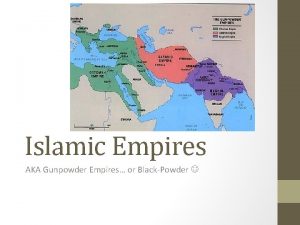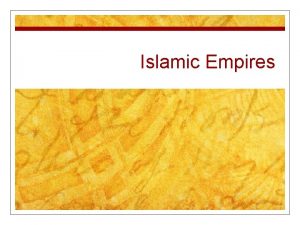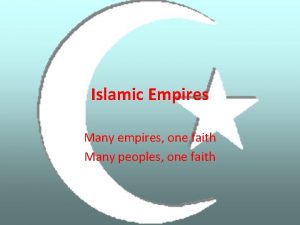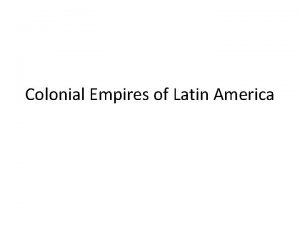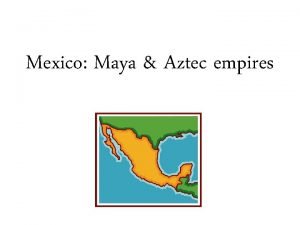The empires of the future are empires of











![The Next Phase of Our Journey "The very essence of leadership is [that] you The Next Phase of Our Journey "The very essence of leadership is [that] you](https://slidetodoc.com/presentation_image_h/026800b41a19af56f7bdc5dedaf585b8/image-12.jpg)


- Slides: 14

“The empires of the future are empires of the mind” Thursday, 9 January 2014 Louise Frayne, Head of HR & Organisational Development Dr. Steven Cranfield DATE PATRON HRH The Princess Royal

Vision “Vision is not enough. It must be combined with venture. It is not enough to stare up the steps, we must step up the stairs. ” — Vaclav Havel

Challenges

Leadership

Strategic Insight Project

Strategic Insight Project • Funded by the University of Westminster • Focus on training and development needs of frontline staff • In tandem with in-house workshops run by WBS • Agreed deliverables: draft template for full Training Needs Analysis (TNA) (1) for Grades 1 -5 linking to future CPD/training programme development • Recommendations for other supporting requirements

Strategic Insight Project • • • Methods A qualitative survey approach (1), based on action research (2) Methods included semi-structured interviews and photographic image elicitation Time frame: October 2012 to May 2013 (8 months) Interviews: individual (x 6) and focus groups (x 3) with CEO, divisional directors and frontline staff (May 2013) Thematic analysis and coding (3) Desk research, including previous staff surveys and consultations

Strategic Insight Project • • • Findings (senior managers) (5) Strong consensus on positive achievements of some programmes Different views of the role of middle managers and training: not sufficiently involved OR too strict as gatekeepers More business-like ways of working needed ‘Silo mentality’ an obstacle TNA should adopt a whole organisation and system perspective (1)

Strategic Insight Project Staff responses to managers Senior manager’s comment Participants’ responses ‘Staff need to be trusted more, with line managers delegating more to them’ ‘Works best from the top down. Senior management team has to trust front line managers. ’ ‘There have to be open channels and green lights’ ‘Only works with a career development plan’ ‘So many levels, not that easy’ ‘A simple but important example. We have a division meeting, this can be chaired by different members of staff. You take selfnominations for the role of chair. I did it. ’

Strategic Insight Project Staff responses: photo elicitation

Strategic Insight Project Impact (6)
![The Next Phase of Our Journey The very essence of leadership is that you The Next Phase of Our Journey "The very essence of leadership is [that] you](https://slidetodoc.com/presentation_image_h/026800b41a19af56f7bdc5dedaf585b8/image-12.jpg)
The Next Phase of Our Journey "The very essence of leadership is [that] you have a vision. It's got to be a vision you articulate clearly and forcefully on every occasion. You can't blow an uncertain trumpet. " — Theodore Hesburgh

Questions

References 1. 2. 3. 4. 5. 6. Mc. Connell, J. (2003). How to Identify Your Organization's Training Needs: A Practical Guide to Needs Analysis. AMACOM Andres, L. (2012). Designing and Doing Survey Research. London: Sage. Argyris, C. (1994). Knowledge for Action. San Francisco CA: Jossey-Bass. Miles, M. B. & Huberman, A. M. (1994). Qualitative Data Analysis. Thousand Oaks, CA: Sage. Cranfield, S. (2013). Strategic Insight Programme Report for Royal College of Paediatrics and Child Health. WBS, University of Westminster. September 2013. Greenwood, R. , Suddaby, R. & Hinings, R. C. (2002). Theorizing change: the role of professional associations in the transformation of institutionalized fields. Academy of Management Journal. 45 (1), 158 -80
 Mikael ferm
Mikael ferm Maritime vs land empires
Maritime vs land empires Example of future perfect continuous tense
Example of future perfect continuous tense Future continuous and future perfect
Future continuous and future perfect Future plans and finished future actions
Future plans and finished future actions Future perfect interrogative
Future perfect interrogative Future past progressive
Future past progressive Future continuous and future perfect
Future continuous and future perfect Future tense of like
Future tense of like Present continuous for future plan
Present continuous for future plan Kondicional 1 engleski
Kondicional 1 engleski Future perfect future continuous exercises
Future perfect future continuous exercises Past continuous diagram
Past continuous diagram Future nurse programme
Future nurse programme Glasgow thang điểm
Glasgow thang điểm

















